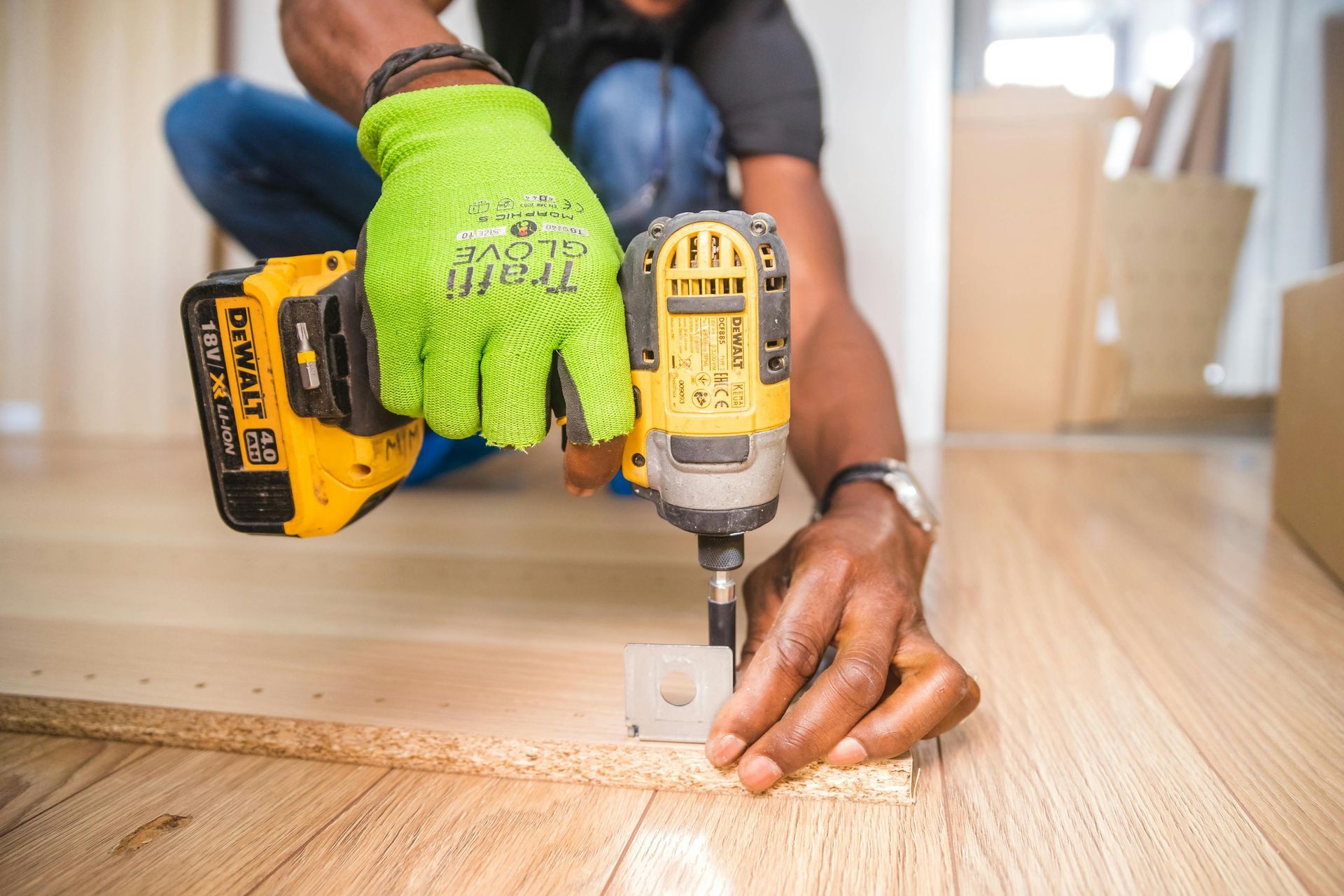What Every Small Business Owner Should Know About Radio Interviews
If you are a small business owner—or plan to be one—you will inevitably be asked to appear on a radio or internet show to talk about your business and provide valuable content that will benefit their listeners. It’s critical that you learn how to prepare for a radio interview.
Assuming you have a remarkable product or service, nothing drives awareness that could lead to a sale more effectively than publicity.
I have personally done more than a hundred radio interviews. During that time, I went through rounds of baptism by fire—bad radio interviews, okay radio interviews, and "holy smokes, you nailed it" radio interviews.
From those experiences, I realized that while I and most small business owners spend a lot of time working on our businesses, very few of us work on our interviewing skills. As a result, our stories, products, and services do not sell as well as they should.
Therefore, based on my experience, I would like to offer ten in-the-trenches suggestions for improving your radio interviewing skills:
- Prepare thoroughly for the radio interview. First, you will only feel—and deserve to be—confident if you prepare. Before your interview, try to identify all the questions you might be asked. (Note: Some radio interviews are pre-scripted with questions you’ve given the host.) Develop 2–3 talking points in response to each question. Don’t write out the answer verbatim; that would sound too canned.
- Remember that the show is not about you. This is a big mistake many rookie small business owners make. You are not the star of the show. The host is—or even more accurately—the audience is. You are there to provide informational solutions that solves a problem. Your job is to keep them interested in the topic, so they don’t change the dial. The key is to think, would this information make the audience wealthier, wiser, or healthier.
- Understand the audience. You can’t hit a target that you do not have. You can’t help an audience you do not know. Radio shows and Internet shows are use to providing demographic and psychographic information to their advertisers. You can cut right to the chase by asking the host, producer or the booker for this information. In addition, before your interview begins, it is a good idea to ask the host or producer if there is anything in particular you should know about the audience.
- Don’t expect the interviewer to have read your media kit. Many small business owners complain that the interviewer didn’t read their media kit. Trust me: this is the norm. Assume that the interviewer hasn’t read your media kit, and you won’t be disappointed. And whatever you do, don’t embarrass them on-air by asking! Instead, make the host look smart by providing a list of questions to ask. Nine times out of ten, they will ask you these exact same questions.
- Be able to explain what your business, product or service in a few sentences. Many small business owners cannot do this. They have never crafted an “verbal logo.” Like a traditional printed logo, a verbal logo is a tool that allows you to communicate verbally the single greatest benefit of doing business with your firm. A verbal logo is a short statement that quickly communicates your firm’s position and ideally forces the listener to want to know more. Here’s the concept: “So, John, what do you do for a living?” [Verbal Logo] “I show small business owners how to get paid faster.”
- Listen intensely to the questions. It is easy for small business owners to become anxious and interrupt the host. This is never a good thing. Plus, you might find yourself answering the wrong question. Make sure that you let the interviewer finish. Then affirm the question. Even if it is combative, you can say something like, “I totally understand where you are coming from. In fact, I had that same concern when I first started my business.” Then answer the question—don’t dodge it.
- Keep your answers brief and to-the-point. There is nothing worse than a rambling small business owner who is missing the interviewer’s cues. The host keeps trying to interject a point or “bring the plane in for a landing.” Perhaps the producer has already queued the music, but the small business owner keeps right on talking. This is not good. A good interview is like a ping pong match: the interviewer hits the ball over the net. The small business owner then gets in position and hits it back, starting the cycle all over again. In addition, you need to speak in sounds bites.
- Be energetic and authentic. From the interviewer’s perspective, there is nothing worse than a low energy, superficial interview. Instead, you must be energetic. If you are not excited about your business, how do you expect anyone else to be? If you are doing a phone-in radio interview, stand up. Walk around. Smile. Even though your audience won’t see any of this, they will hear it in your voice. Believe me, it makes a difference.
- Don’t become defensive. Don’t expect the interviewer just to throw you softballs. His or her job is to keep it interesting for his audience. Nothing is more interesting than conflict. You should expect tough questions and a little drama (salsa dancing). This can actually help you win over the audience—if you have done your homework, and if you remain calm under fire. Resist the urge to become defensive. It only makes you look weak. Instead, agree where you can agree. Follow the feel-felt-found formula: “I know how you feel. I felt the same way. But here’s something I found in my own personal experience or research.”
- Refer listeners back to the place you do business. This is the art of the soft-sell. Publicity doesn’t do you any good if you don’t tell people what to do and that should be to visit your site, store, buy your book, request a report, sign-up for your class or etc. If you’re too aggressive, it will turn potential listeners—and the host—off. If you are too laid back, the publicity won’t result in sales. Instead, mention the product or service, offer a few nuggets or “starter offering,” and then tell people what to do.
Building a great product or service is half the job. The other half is embracing your role as the business’s chief spokesperson. If you do this well, you have a chance of creating a long and successful business.




